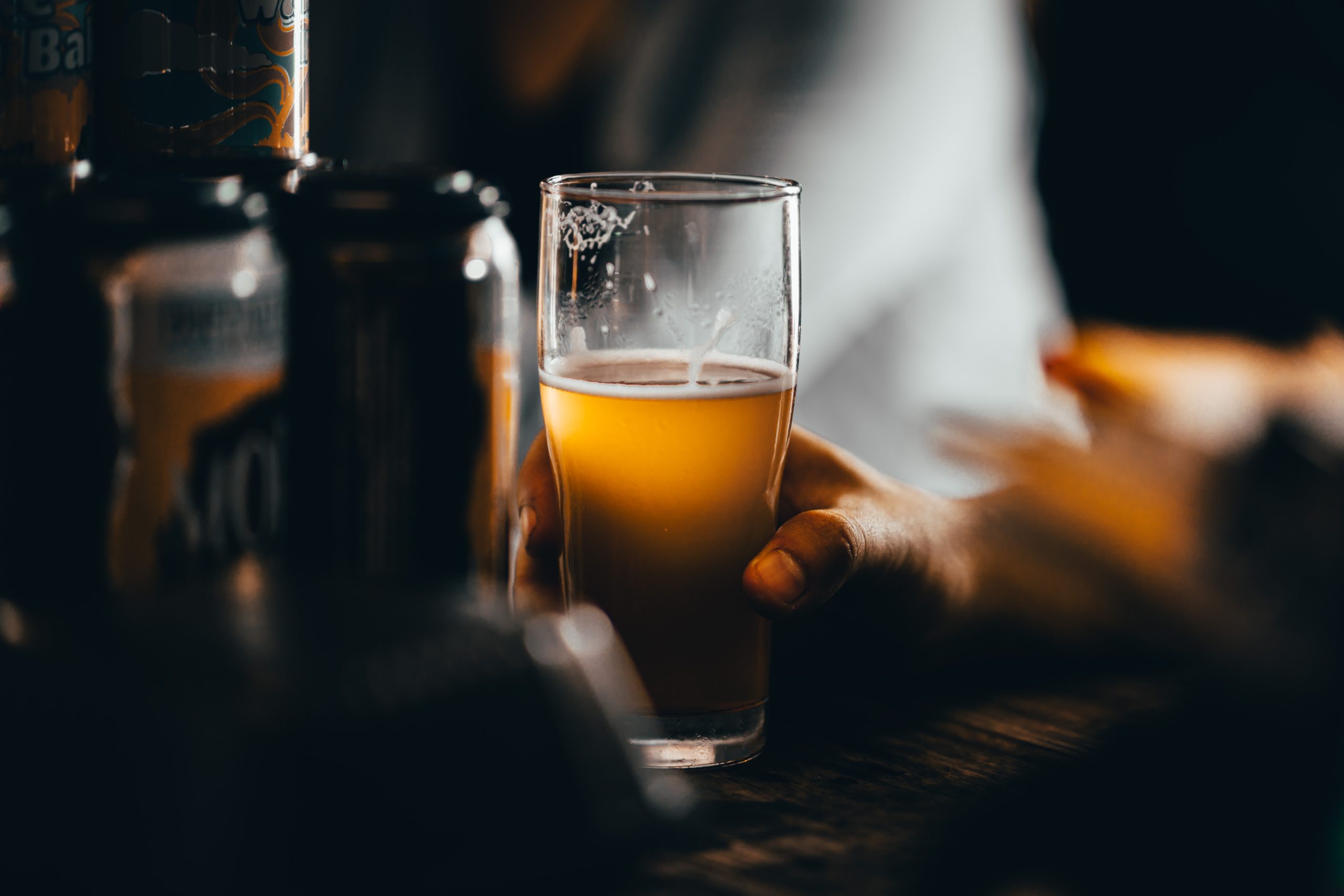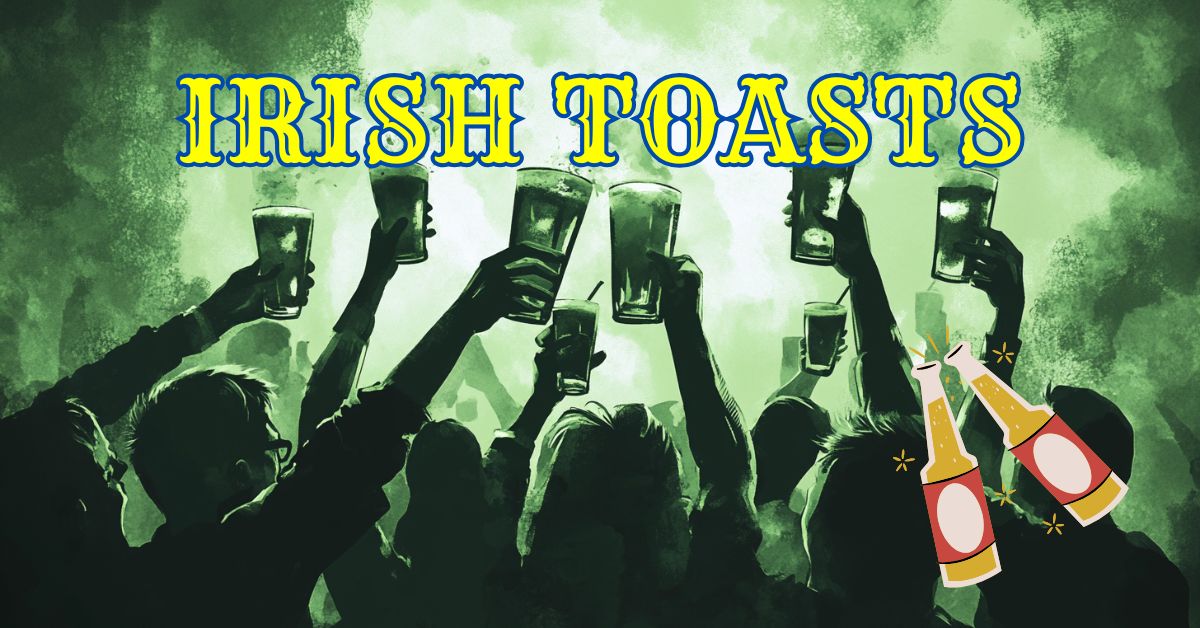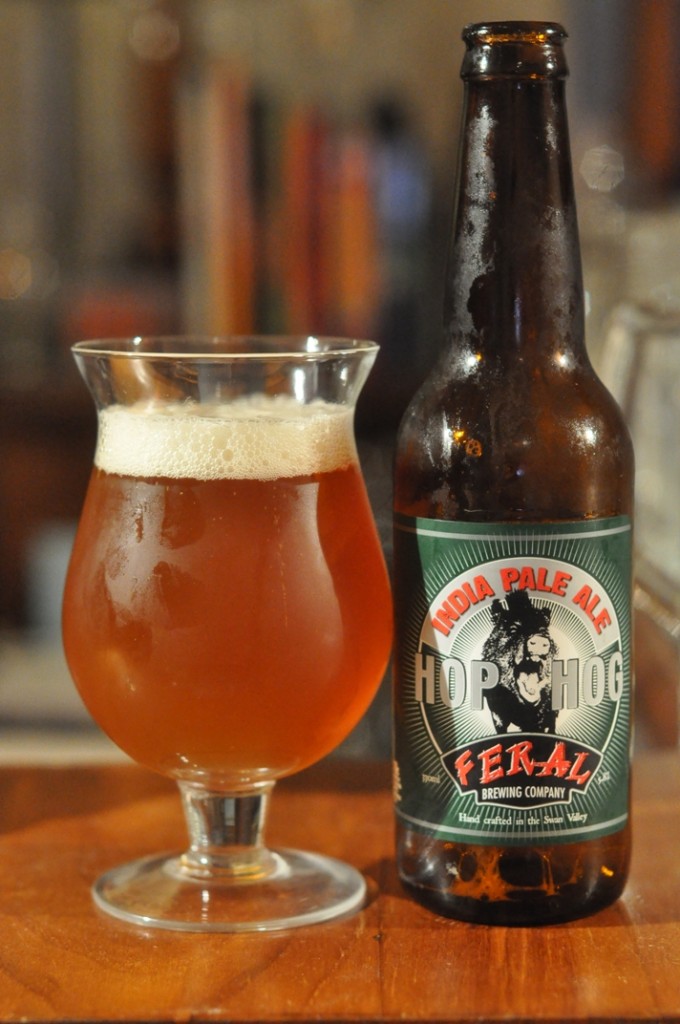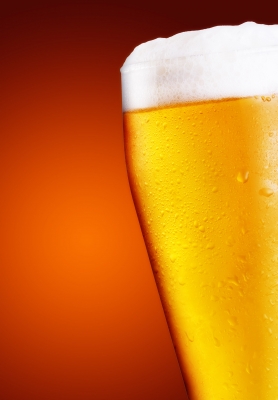You may find yourself wondering what the difference is with ales vs lagers. Perhaps you’ve wondered why ales are favoured by the senior vs lager by those younger amongst us.
Any ale drinker will tell you they’re brewed for flavour. The colder temperature of a lager detracts from flavour, which is why they’re not as easy to drink when warm.
There’s a wide range of ales and lagers produced in Australia. Many more so now with ever increasing numbers of craft breweries.
Here’s a rundown on ales and lagers:
Ales
An ale is characterised by the yeast used during fermenting. The yeast gathers at the top of the fermenting vessel, often at a higher temperature to yeasts used in lager.
Some of the categories of ale are as follows:
- Pale Ale – a hoppy ale, clear in colour (usually golden or copper).
- XPA (eXtra Pale Ale) – a stronger alternative to a pale ale, brewed with more hops.
- IPA (India Pale Ale) – stronger than a pale ale and XPA (from 5.6% to 7.9%), with the India reference hailing back to when the brew was shipped to India during the colonial era.
- NEIPA (New England IPAs) – A spin off of the old school IPA, offering significantly more fruity hops and often a more tropical flavour. Compared to other IPAs the New England IPAs tend to be more cloudy.
- Brown Ale – stemming from Northern England (some may’ve heard of Newcastle Brown Ale, or Newky Brown), this is a classic malty lightly hopped ale.
- Stout – a very dark, almost black ale favoured by the Irish (Guinness being a prominent example). Stout’s are made from roasted barley, with flavours of malt and caramel.
- Porter – similar in nature from a stout, but brewed with unroasted barley.
Lagers
Lagers are often served colder than ales, although there are a few exceptions to the rule. Hailing originally from southern Germany, and a favourite at Oktoberfest, lagers are fermented at a lower temperature.
A few styles of lager:
- Pilsner – a common style of lager, being crisp, dry, and easy to drink. Pilsner’s are brewed with a moderate amount of hops.
- Bock – maltier than a pilsner and often higher in alcohol, the Bock is medium bodied.
- Doppelbock (or “double”) – a stronger rendition of the Bock, often with an alcohol percentage between 7% and 12%, with roots traced back to Munich.
- Trippelbock (or “triple”) – little explanation is needed for this one, it’s the next step up from doppelbock.
- Dunkel – in a similar vein to a stout ale, the dunkel is a dark style of lager with a malty taste.





Leave a Reply